As part of the German transportation ministry’s HyLand grant program, the Kulmbach district was awarded HyStarter status in spring 2022, prompting a concerted push to create a regional hydrogen economy. To support the initiative, a stakeholder group was formed with representatives from local businesses, organizations, associations and academia. Work to date has included the organization of external expert presentations at six dialog forums, the linkup and discussion of existing activities, the codevelopment of new project ideas and the creation of an overall strategy for the region. Although the Kulmbach HyStarter program is due to end in mid-2023 when the regional plan is published, this will not put a stop to the endeavors. Instead it will act as a spur to kick-start the hydrogen economy in the area. Connecting up local stakeholders and discussing the production potential and the various applications for hydrogen and fuel cell technologies have made it possible to produce initial concepts for the project. The task now is to put these ideas into practice.
The largely rural district of Kulmbach is located in the heart of Oberfranken in northern Bavaria, Germany. The principal town of the same name is known for its beers and imposing castles. In the neighboring area, a number of exciting hydrogen initiatives have already been launched in conjunction with the Wunsiedel project, the University of Bayreuth and the HyExpert region of Neustadt an der Waldnaab. A key factor in its early positioning as a hydrogen region was the knowledge that the Kulmbach district would be one of the last areas to be connected to Germany’s hydrogen backbone transmission system, as foreseen in the country’s development plan.
To avoid any locational disadvantages, the onus is on the area itself to prepare the way for a hydrogen infrastructure. Kulmbach is well positioned to do so since the area is home to skilled trades and service providers as well as manufacturers of innovative components and systems in the field of energy technology. And after a year of intensive cooperation, the groundwork is now in place for creating a regional hydrogen economy.
Strong network with drive to succeed
A source of motivation for the Kulmbach district, which benefits from a well-connected business community, is the eagerness of regional industry to take on board innovations and to get actively involved in shaping the future. Many enterprises have been in existence for several generations. The University of Bayreuth established its new Faculty of Life Sciences at the outlying Kulmbach campus in fall 2022. When considering further site expansion, the institution came up with the idea of a climate campus where hydrogen could also play a major role. Plans for this are still in their infancy. Nevertheless, a climate campus would have a positive radiating effect on the district as a whole. The chance to witness successful practical examples firsthand and exchange views with young students can only serve to promote acceptance and bring about further innovative projects.
The Kulmbach district already places a high value on the education, training and qualification of skilled workers. The vocational school in Kulmbach provides training in areas such as supply engineering and refrigeration technology with a focus on plumbing, heating and air conditioning. Skilled trades are, after all, what will make the energy transition happen. Changes in the areas of expertise needed, arising from the increased use of cutting-edge technologies, are to be reflected in the learning programs which will be adapted over time. In the short term, it is thought that a series of talks with a strong practical relevance will be held to allow students to develop an awareness of the subject and dispel skepticism surrounding the technology.
Practical relevance is also a phrase that sums up the approach of the local transport academy. The driving school and professional driver training center hope to acquire a fuel cell truck for the purposes of demonstrating how to use, maintain and repair these types of vehicle so that truck drivers can be trained in this technology.
Great ideas, exciting applications
The district has already focused strongly on hydrogen mobility. Many companies in the HyStarter network have proved very open to the technology and are willing in the longer term to either adapt their fleets or to consider hydrogen as a fuel option when converting their vehicle pool. There is also interest in using hydrogen in heavy construction machinery.
Worth noting here are the stoneworks where diggers and heavy-duty specialized vehicles are deployed. Due to the high power level required over a long duration, these vehicles are particularly suited to hydrogen use. However, mass-produced models are not yet available. Another related challenge is the requirement for this equipment to have its own refueling infrastructure, since some of the vehicles are not generally permitted on public highways, and quarries, by their very nature, are situated some distance from towns and cities. Mobile refueling stations at these locations could provide an interim solution.
A dedicated hydrogen station
At the nucleus of the hydrogen mobility campaign is the creation of a refueling infrastructure for trucks and automobiles. The network agreed early on that it would be necessary to have a hydrogen station in a central location. First, a working group was formed comprising interested business owners and the Kulmbach district’s climate action management department. After a site was found in a private depot, but one which would be accessible to all in future, initial plans were drawn up for grant applications. Financial assistance was subsequently awarded by the state of Bavaria on the second application attempt.
The high regional interest in using the filling station is notably mirrored by the many declarations of intent to purchase fuel cell vehicles which were accumulated as part of the application process. While plans for the refueling station are already in full swing, the potential for additional production of green hydrogen is being examined so that, going forward, dependence on imports from other regions for fuel station supplies can be avoided. From the perspective of the HyStarter participants, the intention of Bavaria’s regional government to widely support the build-out of electrolyzer capacity through suitable subsidy programs bodes well for future support.
Public eagerness
The unusually high level of engagement in Kulmbach, coupled with a strong willingness to translate plans into action, was also evident on the part of society at large in late summer 2022. An information event originally intended to present the interim results from the HyStarter project turned into a two-day fair where numerous booth holders from industry and research were able to use their exhibits to answer questions posed by interested industry professionals as well as members of the public. Discussions centered around vehicles, production technologies and all manner of applications.
The addresses given by the German transportation minister Volker Wissing and the Bavarian economy minister Hubert Aiwanger underlined the relevance of the topic as well as the political support. All-round cross-regional approval was reason enough to make the occasion an annual event. The next hydrogen roadshow will take place in September 2023 in the Kulmbach Raumhalle.
As well as the focus areas of education, qualification and transport, a further consideration has arisen in the form of building energy and heat supply. Because some villages and hamlets within the Kulmbach area are not connected to a heating network and homes are heated with oil and LPG, the idea of creating a local heating network was raised. According to current thinking, hydrogen could instead be used in the energy supply, especially in the winter months when there is less sunlight.
In addition to the technology itself, acceptance among local people will be crucial if this suggestion is to take root. Initial stakeholder meetings have therefore already been held. Assuming the project is a success, it should serve as a blueprint for other local authorities.
Huge political support
The Kulmbach district is not only set apart by its delivery-driven business community; it also boasts an extremely pragmatic and supportive administrative structure. The latter was particularly apparent in the involvement of the climate action management department and the backing given to the HyStarter project by the head of the district authority. The public administration and the private sector have been working together closely to plan the hydrogen refueling station, and there is a cross-party receptiveness to hydrogen and fuel cell technology within local government. In addition, there is a strong backing for hydrogen projects from the state government: The Bavarian economy minister has assumed the patronage for both the construction of the filling station and the hydrogen roadshow.
Supportive sentiments from the political establishment alone are (still) not usually sufficient, meaning that there is a high degree of importance attached to national and regional funding programs. HyStarter has succeeded in setting up the necessary framework that will allow essential discussions to take place between stakeholders and enable the network to be maintained. As a result of the dialog forums with interactive workshops and specific professional input on various hydrogen topics ranging from technical principles to field cases and legal advice, a fertile breeding ground has been created that has brought about rapid breakthroughs in development and which the district administrator’s office on its own could not have financed and staffed.
The construction of the refueling station, too, would be unthinkable at present without funding from the state of Bavaria. Therefore it is still the case that local support is required to kick-start regional hydrogen markets.
The Kulmbach HyStarter project demonstrates the special features of hydrogen and its key role in transforming energy systems. The subject of hydrogen affects many sectors, industries and stakeholders that have seldomly, if ever, sat around the table together. It pays to unite this diversity in a single proactive stakeholder group that includes representatives from business, academia, politics and local administration so as to collectively devise a long-term vision. At the end of the day, it is willing and enthusiastic stakeholders who will, with political and administrative support, invest in delivering the energy transition and make it a reality.
Authors: Patrick Steiger, patrick.steiger@nuts.one
Nils Werner, nils.werner@nuts.one
Both from Nuts One GmbH, Berlin, Germany
Source: Nuts One



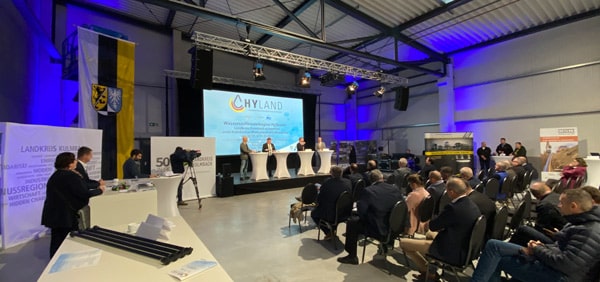



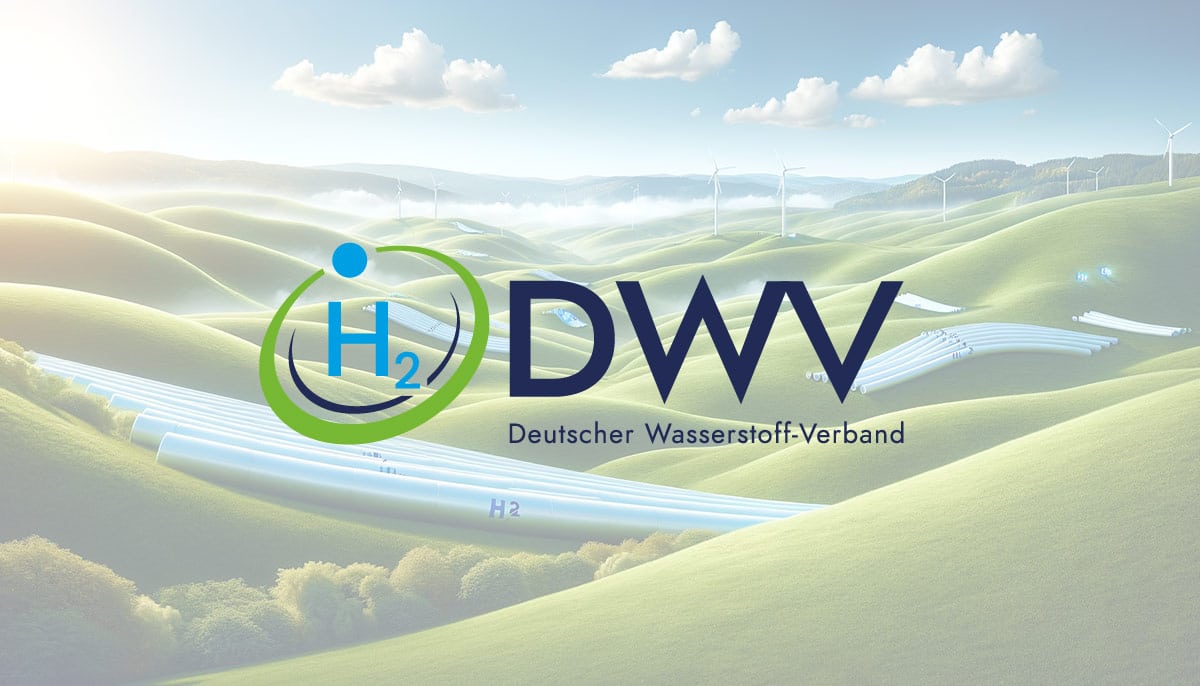

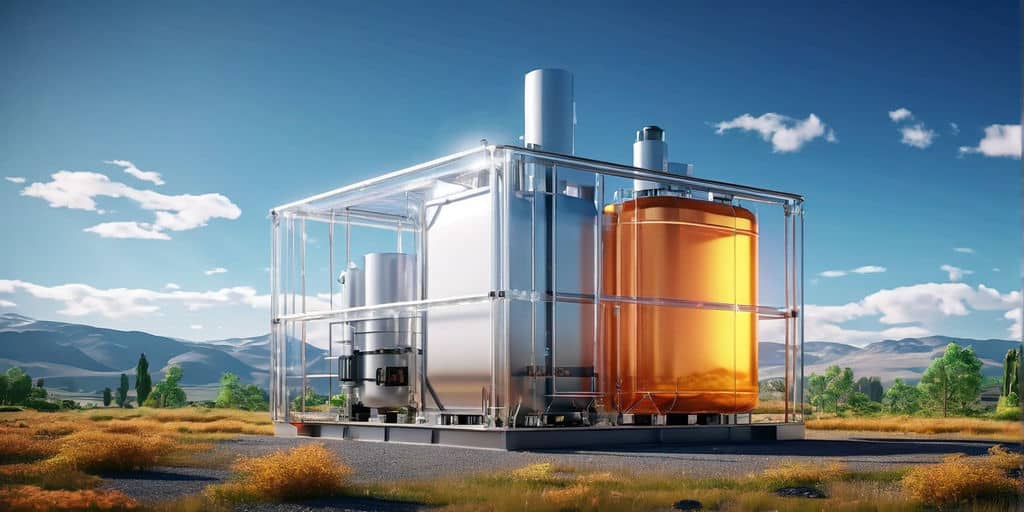
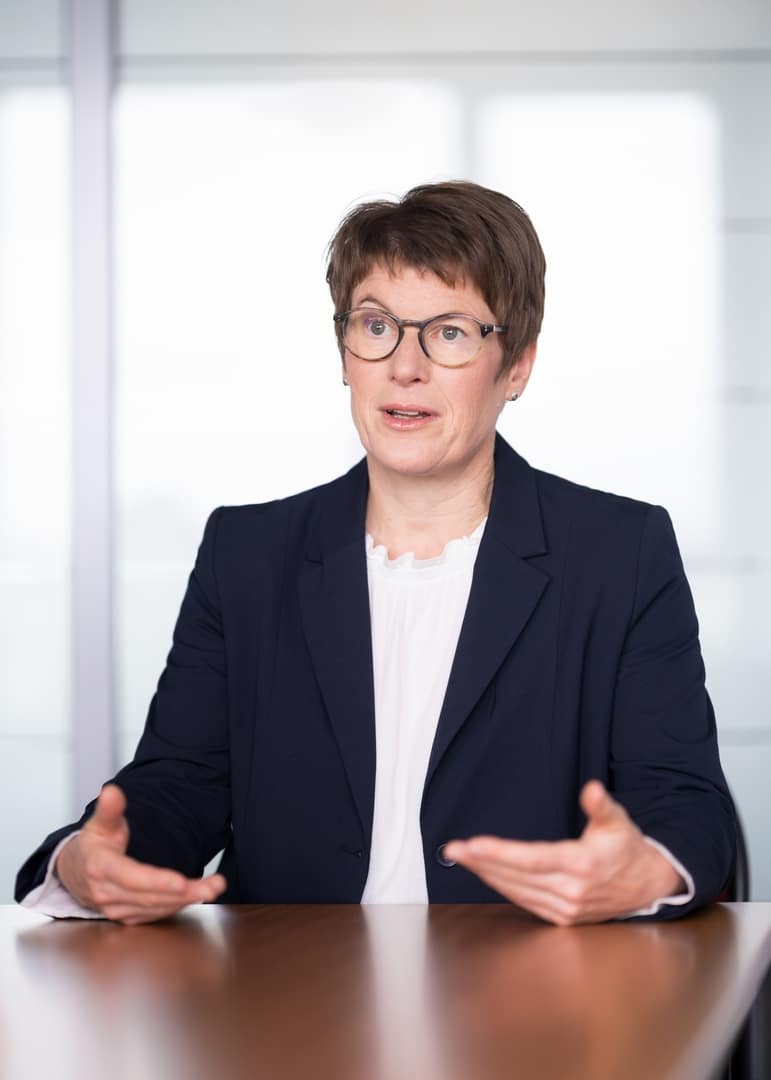







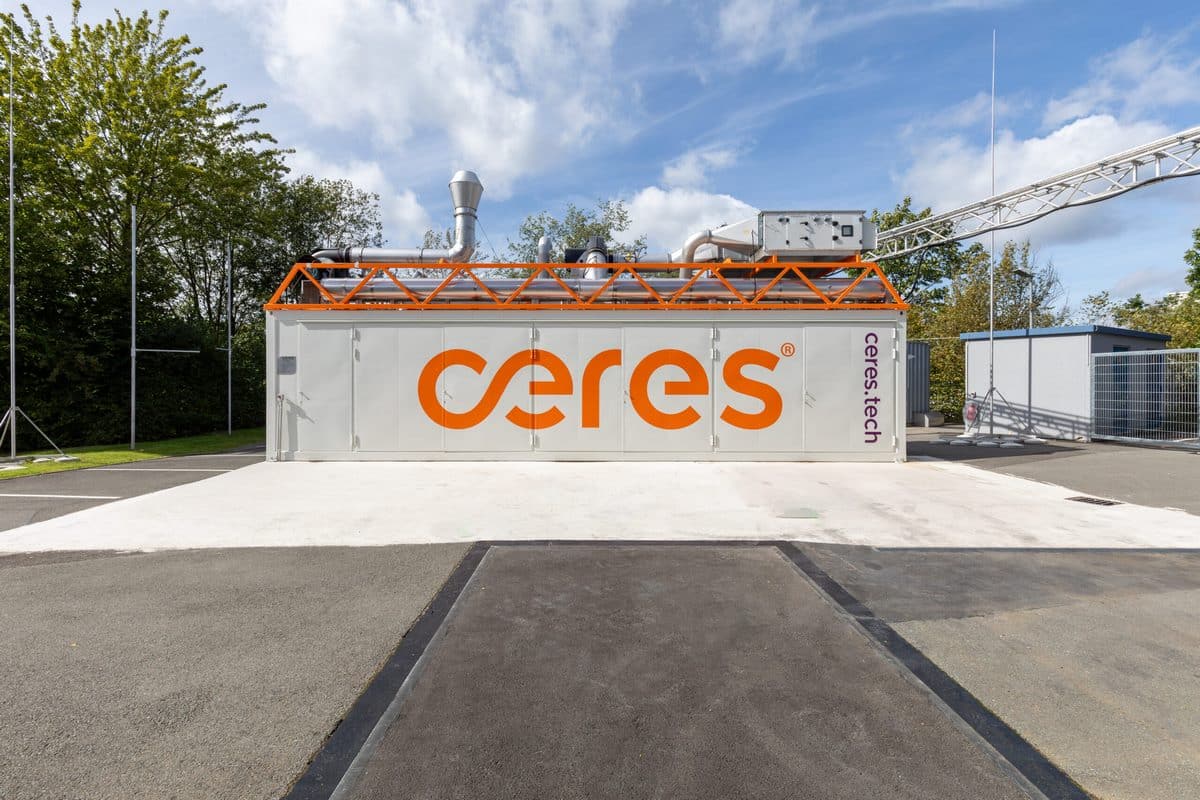







0 Comments